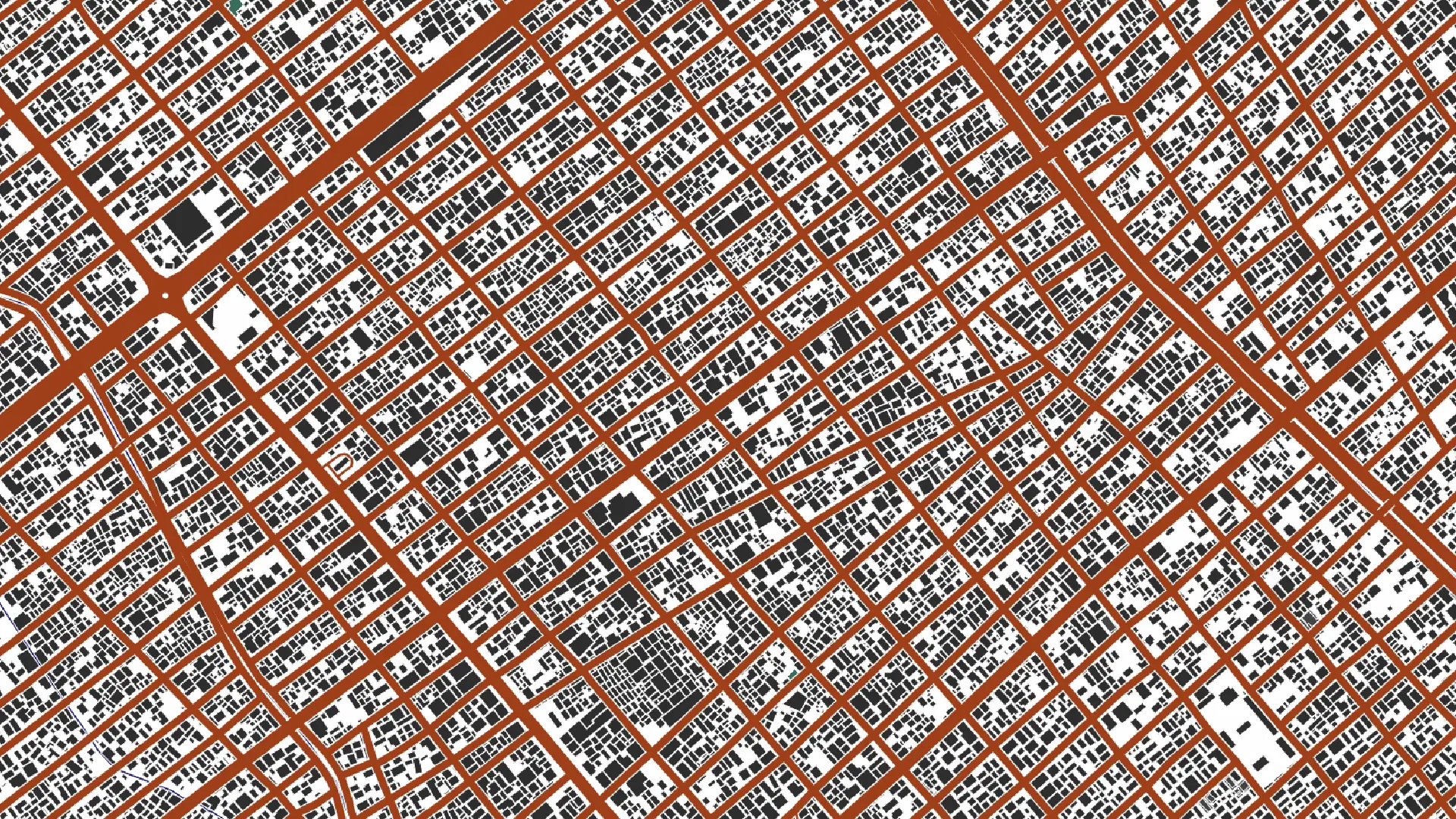Downsizing Dreams: Exploring the World of Tiny Homes
In an era where the pursuit of the grand and opulent often takes center stage, a growing movement quietly challenges the status quo of homeownership. The world of tiny homes, with its compact and minimalist living spaces, has sparked a revolution that challenges traditional notions of what a home should be. This article delves deep into the fascinating realm of tiny homes, unraveling their allure, examining their ecological impact, and exploring the complex social and economic implications of this downsized dream.

The Allure of Downsizing
Boldly choosing less over more, tiny homeowners are driven by a desire for simplicity and freedom. The allure of downsizing is multifaceted, offering a reprieve from the overwhelming consumer culture that dominates our lives. Tiny homes stand as an architectural embodiment of the age-old adage: “Less is more.”
Tiny homes come in various shapes and sizes, from converted shipping containers and charming cottages to sleek modern designs. These spaces are optimized for efficiency, often featuring ingenious storage solutions, multipurpose furniture, and compact appliances. The result is a cozy, clutter-free environment that forces inhabitants to curate their possessions and focus on what truly matters to them.
In a society often defined by materialism and excess, the choice to live in a tiny home is a radical one. It prompts reflection on the value we place on space, possessions, and status symbols. But it’s not just about having less; it’s about living more intentionally, fostering a deeper connection with the environment, and embracing a minimalist lifestyle.
The Ecological Footprint
As concerns about climate change and sustainability intensify, tiny homes offer a promising solution to reducing our ecological footprint. By their very nature, these compact dwellings consume fewer resources and require less energy to heat and cool. The incorporation of green technologies like solar panels and composting toilets further enhances their eco-friendly credentials.
Consider this: the average American home measures around 2,600 square feet, whereas a tiny home often ranges from 100 to 400 square feet. The contrast in resource consumption is stark. Tiny homes typically have a significantly smaller carbon footprint, less land usage, and a reduced demand for building materials.
Critics, however, argue that the ecological benefits of tiny homes can be overstated. The smaller size may necessitate greater land use in some cases, as homeowners often require larger parcels of land to comply with zoning regulations. Additionally, the manufacturing and transportation of specialized tiny home materials can offset some of the environmental gains.
A Complex Social Landscape
Tiny homes also challenge established norms in the realm of social and economic structures. Critics contend that while these compact dwellings can be an affordable housing option, they may not address the root causes of the housing crisis.
The Affordable Tiny Homes Housing Dilemma
Proponents of tiny homes advocate their potential to alleviate the affordable housing crisis, providing a more attainable path to homeownership. A smaller mortgage or lower rent, coupled with reduced utility bills, can ease the financial burden on individuals and families struggling to secure stable housing.
However, the reality is more nuanced. Zoning regulations in many areas can make it challenging to legally place tiny homes, limiting their availability as a viable housing option. Moreover, the tiny home movement primarily appeals to those who desire a minimalist lifestyle, and it may not be a suitable solution for everyone, particularly families or individuals with specific accessibility needs.
The Communal Living Experiment
Tiny home communities have emerged as a way to foster a sense of belonging and shared values. These communities often form around common interests, such as sustainability or a desire for a simpler life. They offer an alternative to traditional neighborhoods, emphasizing collaboration and community over isolation and individualism.
Critics, however, argue that communal living arrangements can be utopian in theory but challenging in practice. Conflicts may arise over shared resources, and not everyone is suited for the close quarters and tight-knit relationships that tiny home communities require.
The Road Ahead
In a world where excess often masks itself as success, the tiny home movement challenges us to rethink our values and priorities. It forces us to consider what truly makes a house a home and whether we can find happiness and fulfillment in downsized dreams.
As with any transformative movement, the world of tiny homes is not without its complexities, contradictions, and dilemmas. It confronts us with questions about sustainability, affordability, and community, while simultaneously offering a glimpse into a more intentional and meaningful way of living.
In the end, the appeal of tiny homes goes beyond their physical dimensions. It lies in the profound shift in perspective they inspire—a shift that invites us all to contemplate the true meaning of home and the limitless possibilities of downsizing dreams.
Statistics:
- According to a survey by Tiny House Society, 68% of tiny homeowners reported a higher level of satisfaction with their living situation compared to traditional homeowners.
- The average cost of building or buying a tiny home can range from $20,000 to $100,000, significantly lower than the median price of a traditional home in the United States, which hovers around $300,000.
- Tiny homes typically use 90% less energy for heating compared to traditional homes, according to a study conducted by the National Renewable Energy Laboratory.
Table: Comparison of Tiny Home Sizes
| Tiny Home Type | Average Square Footage | Traditional Home Average Square Footage |
| Tiny House on Wheels | 100-400 sq. ft. | 2,600 sq. ft. |
| Converted Shipping Container | 160-320 sq. ft. | 2,600 sq. ft. |
| Tiny Cottage | 250-400 sq. ft. | 2,600 sq. ft. |
| Modern Tiny Home | 150-300 sq. ft. | 2,600 sq. ft. |


